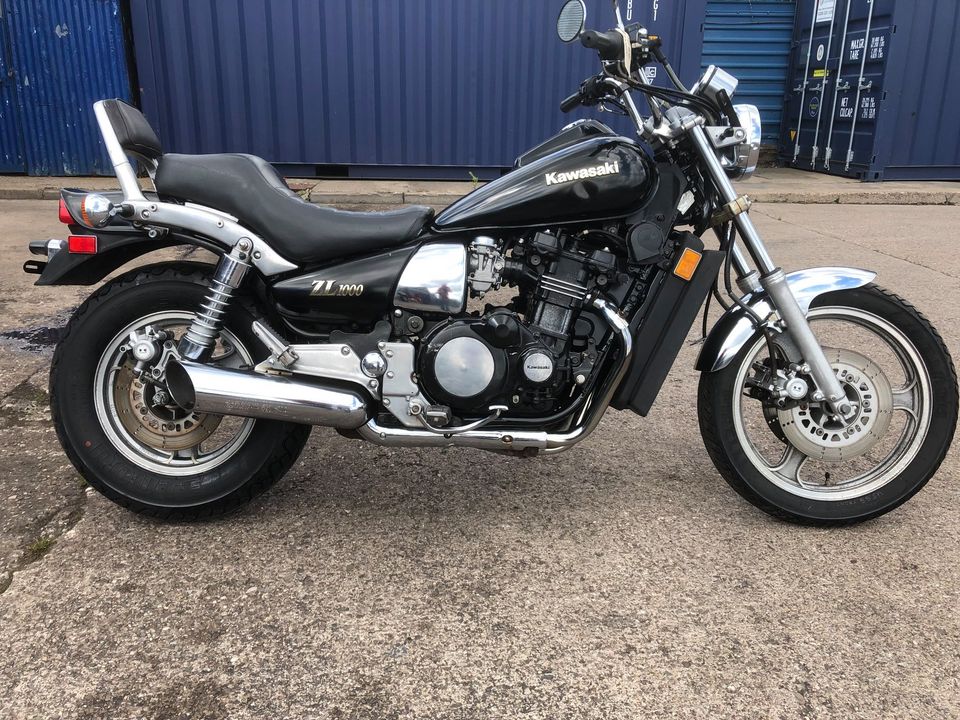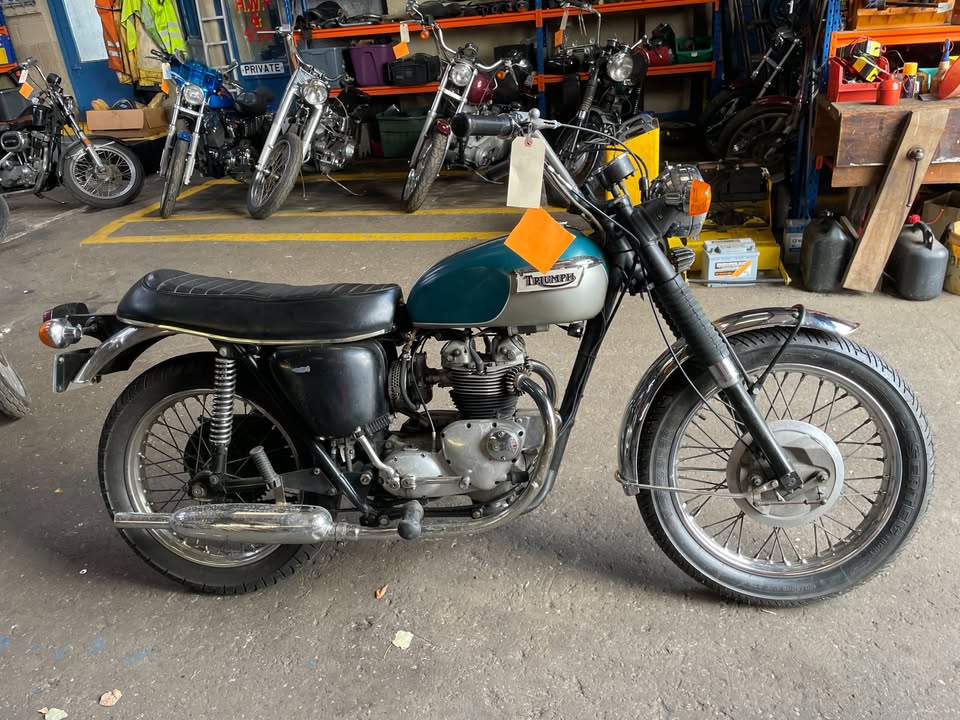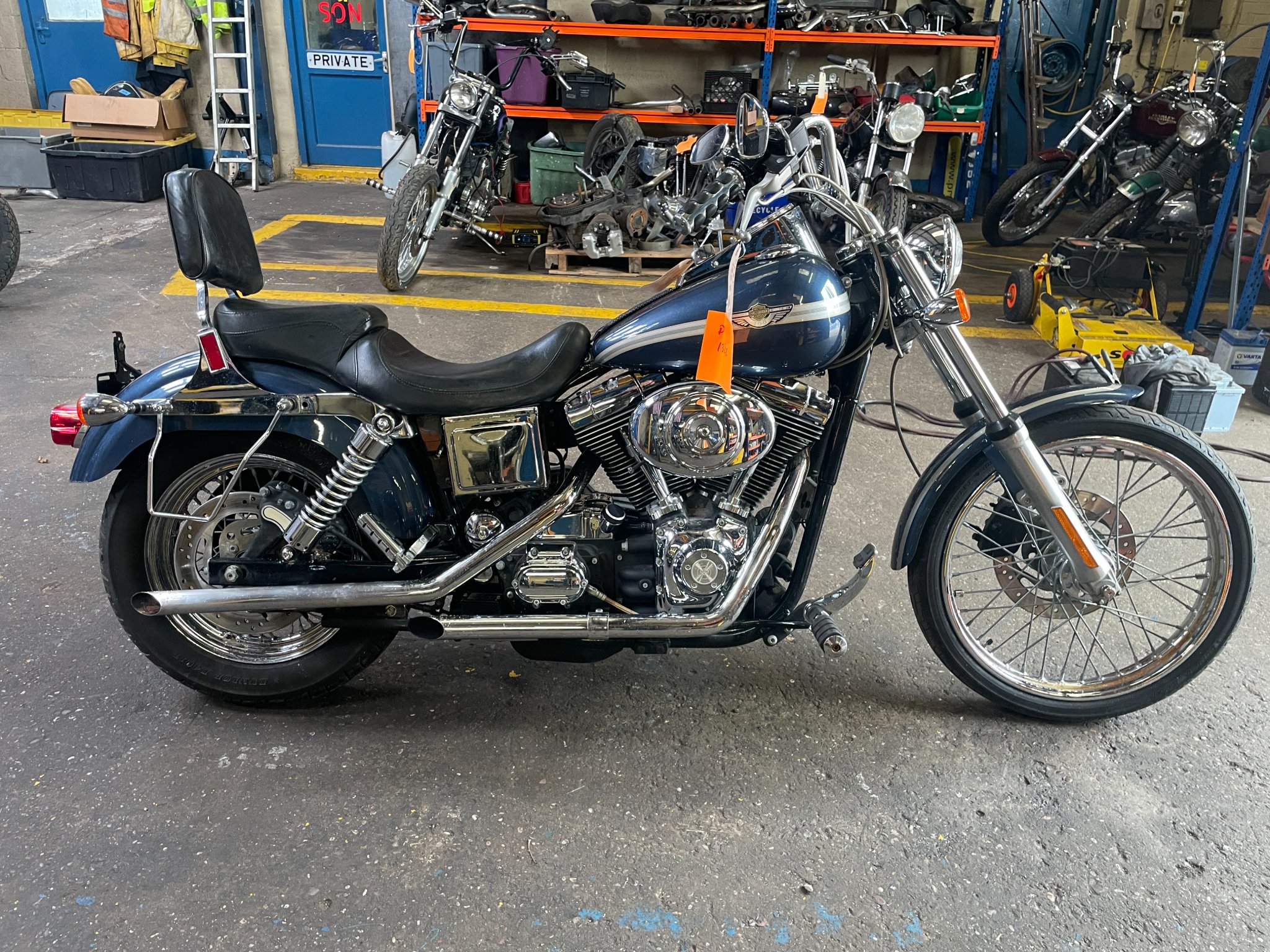Classic and Classy Motorcycles Ltd
Vintage and Classic Motorcycle Importers
1987 Kawasaki ZL 1000 cc Eliminator

1987 Kawasaki ZL 1000 Eliminator
The 1987 Kawasaki ZL 1000 Eliminator stands as a monumental model in the evolution of the power cruiser segment. With its introduction, Kawasaki set new standards for performance and styling, blending the worlds of sportbikes and cruisers into a formidable package. The ZL 1000 was the pinnacle of the Eliminator series, which was renowned for its aggressive styling, powerful engines, and unmatched straight-line performance. Its creation was a bold statement during a time when motorcycle manufacturers were fiercely competing to capture the hearts and minds of riders seeking both power and style.
Technical Specifications and Performance
• Year: 1987
• Make: Kawasaki
• Model: ZL 1000 Eliminator
• Engine displacement: 1000cc
• Compression ratio: 9.5:1
• Carburetion: Quad Keihin carburetors
• Ignition system: Electronic
• Cooling system: Air-cooled
• Fuel capacity: 4 gallons
• Wheelbase: 63 inches
• Horsepower: 125 hp
• Torque: 85 ft-lb
• Transmission type: 5-speed manual
• Suspension system: Telescopic fork (front), Uni-Trak single shock (rear)
• Braking system: Dual disc (front), single disc (rear)
• Dry Weight: 550 lbs
• Top speed: Approximately 140 mph
• Acceleration: 0-60 mph in under 4 seconds
Technical Advancements: The ZL 1000 Eliminator was at the forefront of technical innovation for Kawasaki, boasting a powerful engine derived from the legendary Kawasaki GPz1000RX, albeit retuned for more low-to-mid range torque. This motorcycle was one of the early adopters of the then-novel concept of power cruisers, combining the laid-back riding position of a cruiser with the engine and performance characteristics of a sportbike.
Evolution of the Model: The Eliminator series began with the ZL 600, but it was the introduction of the ZL 1000 that truly captured the imagination of riders seeking the ultimate in performance and style. Its design, characterized by a muscular stance and a bold, forward-leaning aesthetic, set the tone for future power cruisers.
Cultural Impact: The ZL 1000 Eliminator not only pushed the boundaries of motorcycle design and performance but also left a lasting impact on motorcycle culture. It appealed to those who sought the thrill of sportbikes but preferred the comfort and attitude of cruisers, thereby creating a new niche within the motorcycle community.
Competitors: In the late 1980s, the Kawasaki ZL 1000 faced competition from other manufacturers venturing into the power cruiser market, such as the Yamaha V-Max. However, the Eliminator's blend of Kawasaki's sportbike engineering and cruiser aesthetics helped it stand out as a unique offering in a crowded field.
Find Classic Motorcycles
Stay in the loop - Subscribe for Updates
One email notification a month when a new shipment arrives.
 1971-Triumph-500cc-T100c-Tiger-Ref-1561
1971-Triumph-500cc-T100c-Tiger-Ref-1561 2003-Harley-Davidson-Anniversary-Dyna-Wide-Glide-FXDWG-1450cc-Ref-D1322
2003-Harley-Davidson-Anniversary-Dyna-Wide-Glide-FXDWG-1450cc-Ref-D1322